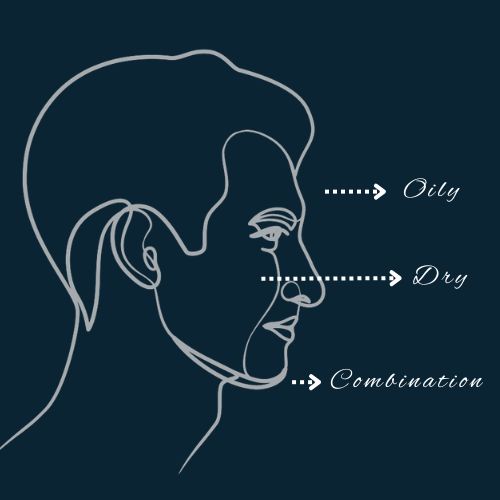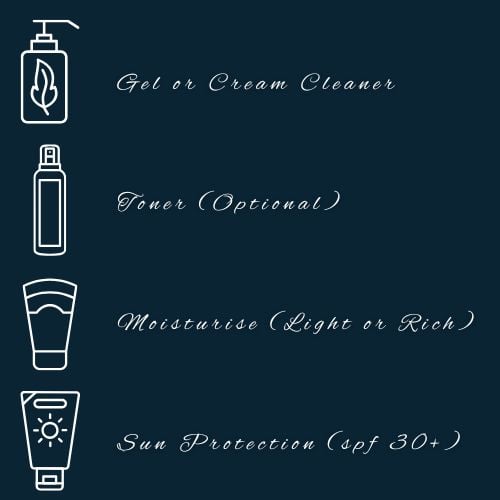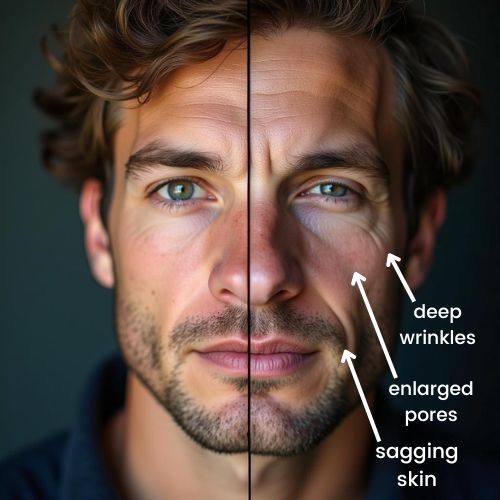
Dry Skin
- Signs: Skin feels tight, especially after cleansing. Flakiness and rough patches are common.
- Ideal Ingredients: Look for hyaluronic acid, ceramides, and glycerin they're powerhouse hydrators.
- Tips: Gentle, cream-based cleansers can help maintain moisture.




























